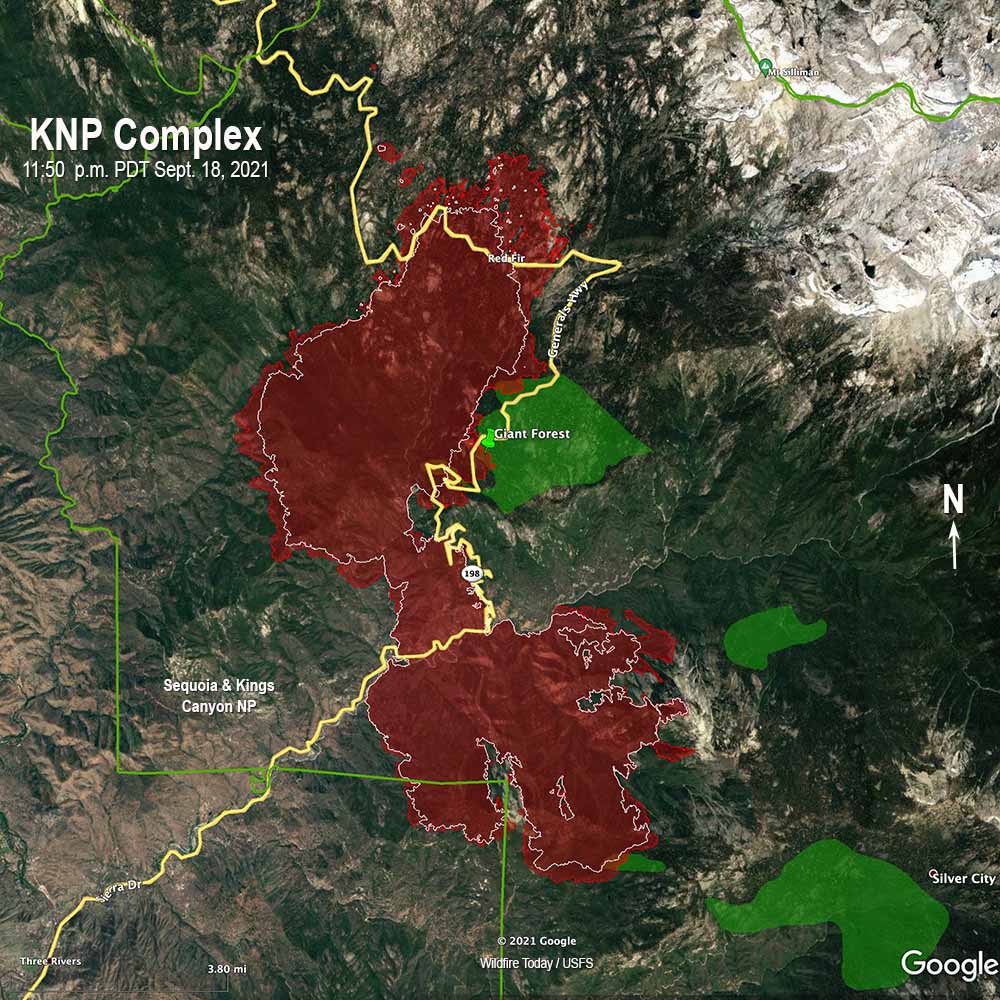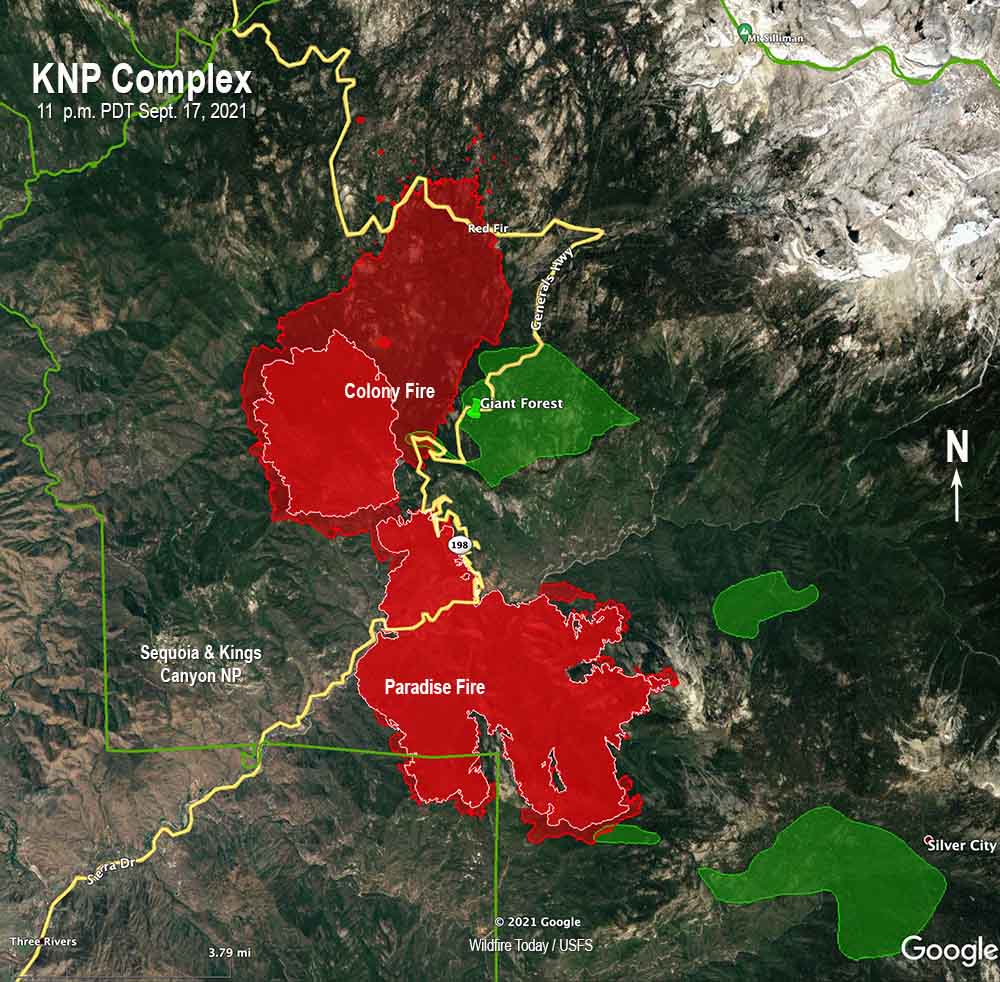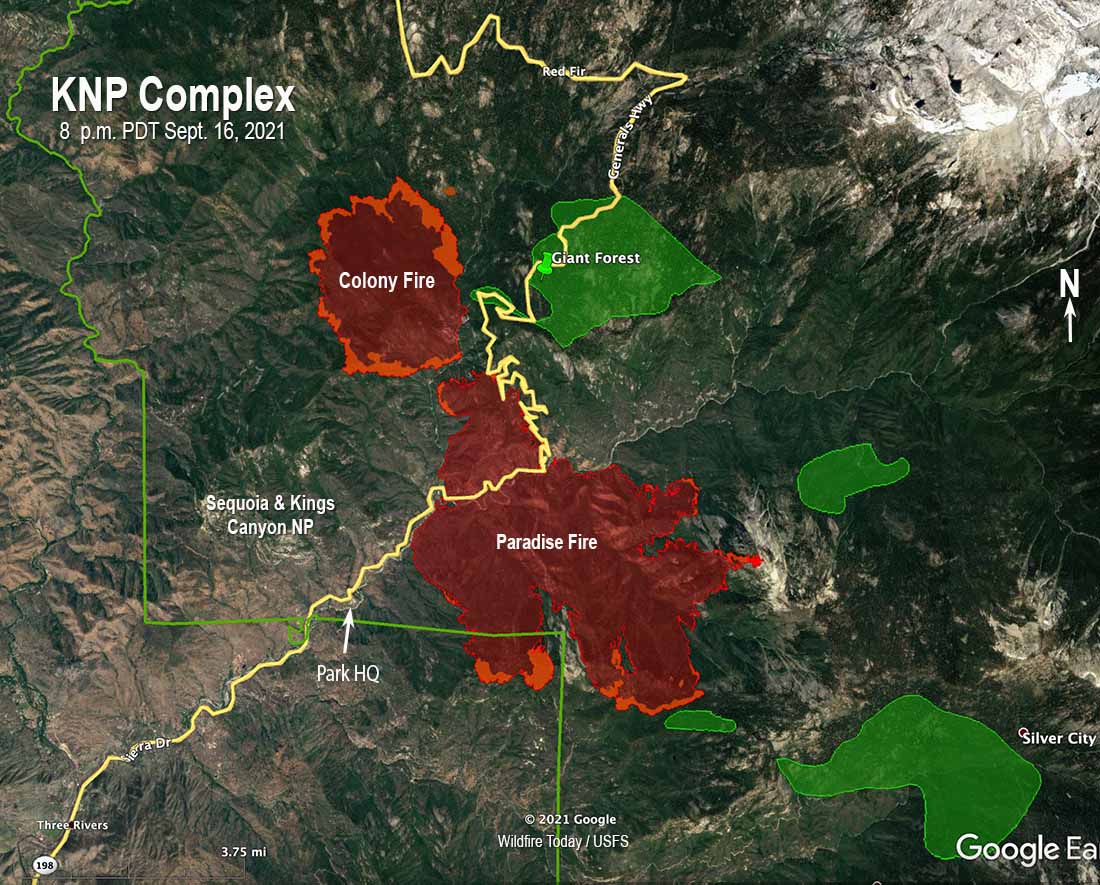
Two water tender operators have died of COVID-19 this month. They both worked for Brenda’s Fire Water based in Ramona, California. Two trucks with three drivers were dispatched from the company to the Dixie Fire in Northern California. They worked shifts to keep the water tenders working on the fire as much as possible.
Jose T. Calderon of Chula Vista California had spent much of his adult life driving virtually all types of trucks. He was the first of the two to die. On August 11 after 14 days of employment with the company and testing positive for COVID, he was taken from the west zone of the Dixie Fire to a hospital in Redding. He spent three weeks on a ventilator before passing away there September 5.
A family member told Wildfire Today that Jose’s death certificate listed the cause of death as respiratory failure, COVID-19, and smoke inhalation.
After Jose went to the hospital, his co-worker Cessar Saenz of El Cajon, California tested positive for COVID at the Dixie Fire and went home. When his symptoms worsened he was admitted to Paradise Valley Hospital in National City, California. About three or four weeks later he died on September 14. He had just turned 63 two weeks earlier.

On July 25 he changed his employment status on Facebook to “Started New Job at Happily Retired” and was planning on moving to Texas.
Cessar drove water tenders on fires off and on since 2001. John Clark thought of Cessar not just as a good friend, but like a brother. He said Cessar liked to ride his motorcycle, fish, and camp. Cessar had been a truck and charter bus driver for decades and for eight years drove a mobile clinic out of Alpine, California to seven Tribal Reservations for the Southern Indian Health Council. He also taught people how to drive school busses.
Brenda Dahl of Brenda’s Fire Water confirmed the deaths of Jose and Cessar, but declined to provide any additional information. Neither the US Forest Service or the California Department of Forestry and Fire Protection responded to multiple inquiries about these line of duty deaths. As far as we know there has been no official announcement from a fire agency about the passing of these two firefighters. The water tenders were under a call when needed contract with one of the two agencies.
Our sincere condolences go out to the families, friends, and co-workers of Jose and Cessar.
OPINION
Before COVID, the line of duty deaths of contractors on wildfires was always announced and their service was honored even though they are not regular government employees. It is not clear why the FS and CAL FIRE now feel the need to cover up fatalities on fires. I can remember when reports were written and lessons were learned from serious accidents and fatalities in the line duty. Is the problem that there are now too many to document and they are offloading that duty to journalists?
Putting your head in the sand is rarely a successful strategy.

















